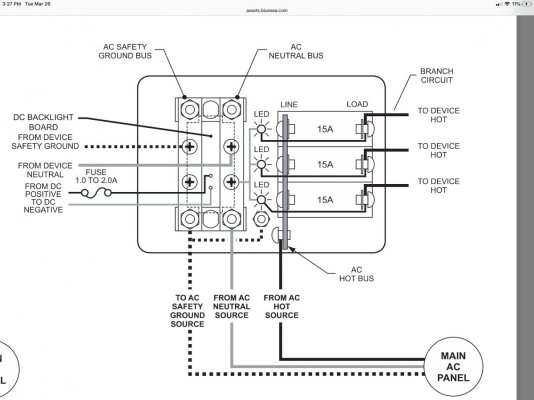angus99
Guru
I’m installing a new convection oven and induction cooktop and just want to idiot-check the electrical requirements.
Each requires a 15-amp breaker if they are on a dedicated circuit. Would I be safe in running a single circuit—wire sized for the combined maximum load—and protecting it with a 30-amp (or whatever) breaker?
I’m guessing this would work since the Empress stove I removed had both ovens and burners and all could be used simultaneously on the same circuit.
I would also make this circuit GFCI.
Thanks in advance.
Each requires a 15-amp breaker if they are on a dedicated circuit. Would I be safe in running a single circuit—wire sized for the combined maximum load—and protecting it with a 30-amp (or whatever) breaker?
I’m guessing this would work since the Empress stove I removed had both ovens and burners and all could be used simultaneously on the same circuit.
I would also make this circuit GFCI.
Thanks in advance.

